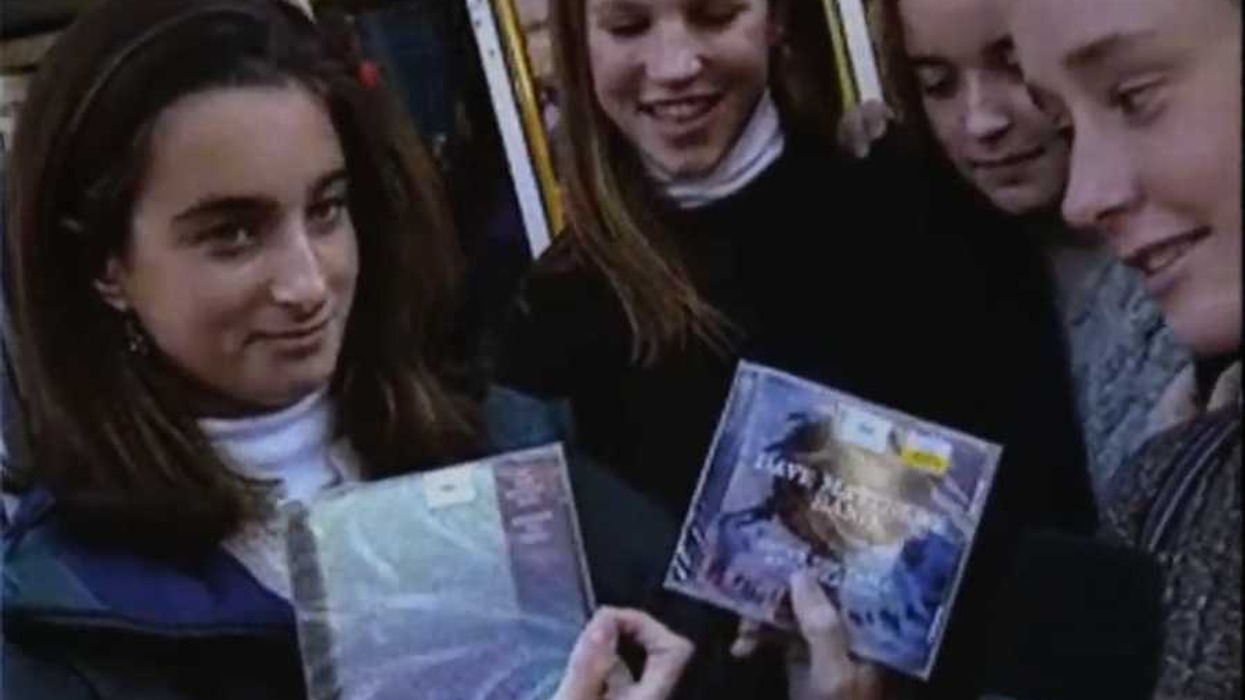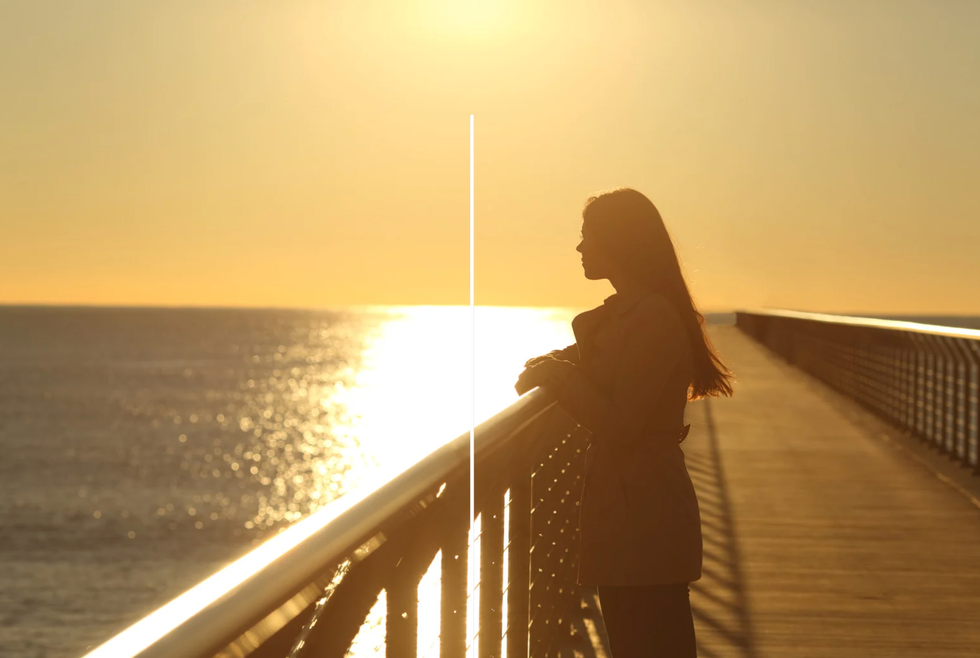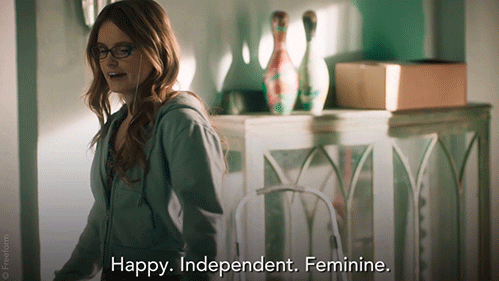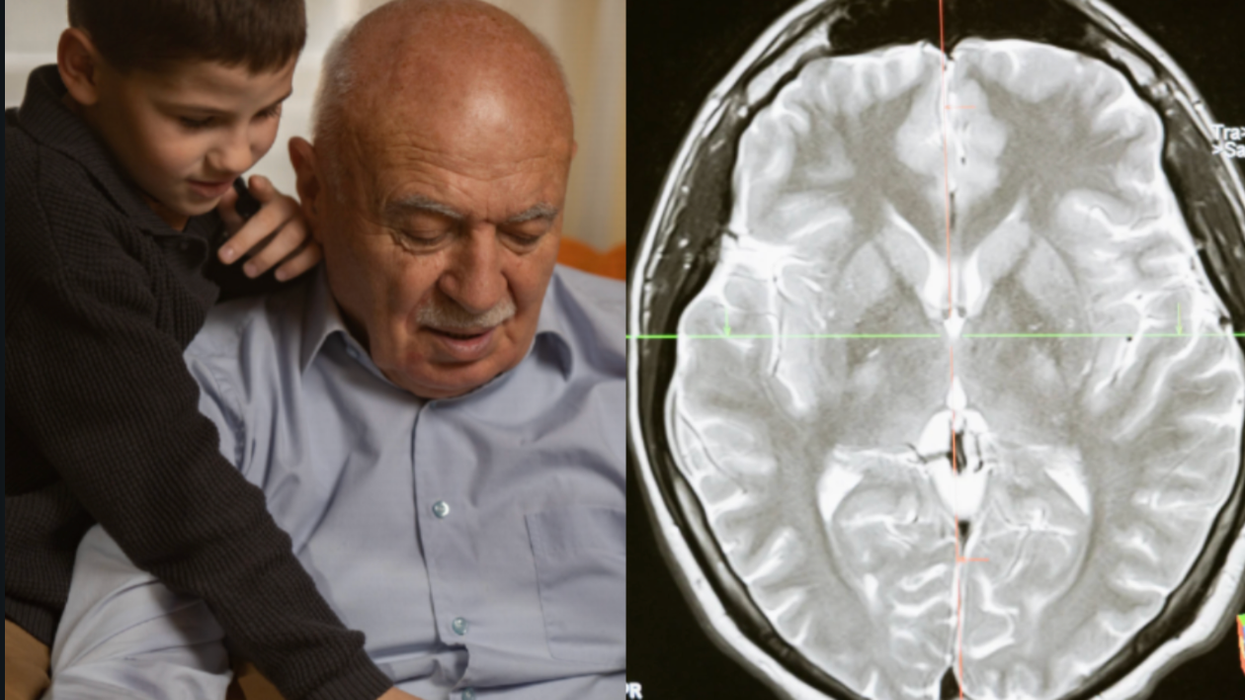In 2014, Santiago continued to shed the conformity of its past to undergo a rebirth in fashion, food, and urban development. The noticeably more tolerant city celebrated a 50,000-strong gay pride march in July, supporting the adoptive rights of same-sex parents. Design fairs and international food festivals are becoming the norm, and traditional workhorse neighborhoods such as Barrio Italia are growing into centers of art, design, fashion, and cuisine as socializing at restaurants, cafes, parks and in the street becomes the status quo. However, all this comes at a price; a recent study shows housing prices have doubled all over the city from 2000 to 2014. And while the government has been celebrated for funding initiatives like the incubator Start Up Chile, it was also criticized this year by Santiago students who want more state funding to offset the costs of higher education. In the midst of cost-of-living hikes, citizens are developing workarounds such as utilizing the city’s bike paths instead of taking the metro, starting street-food businesses as part of a growing informal economy, and, in the case of April’s Great Fire in Valparaíso, reviving local traditions like ollas comunes, or impromptu community-provided meals. In 2014, it’s clear that if anything is assured in Santiago's near future, it's that more citizen-led change is on its way.
Hub for progress
The Neo-Baroque mansion in the Bellas Artes neighborhood that was formerly the headquarters of the Radical Party has not veered far from its political roots. It now houses Bar The Clinic, a left-of-center watering hole with a menu full of political in-jokes, many of them aimed at right wing ex-president Sebastián Piñera. The restaurant also hosts art openings, as well as a coworking space, a cinema showing progressive films, and other counter-cultural installations, including a cafe/bookstore with a political bent.
Civic engagement
The most direct form of communication between citizens and the government continues to be street-level protests. This year saw the continuation of protests from environmentalists who strongly opposed the creation of the country’s largest hydroelectric project in deep Patagonia. This formed part of a larger protest movement in pursuit of better access to education. Largely on the basis of these galvanizing protests, the Chilean government recently rejected an $8-billion proposal to dam one of the country’s biggest rivers and construct 1,000 miles of electrical power grid lines through pristine land.
Street life
Santiago’s city center, long considered to be rundown and uninteresting, is growing in popularity thanks to initiatives like Bicipaseos Patrimoniales, or heritage bike routes. Up to 300 participants bike around the city, stopping for talks on diverse themes such as the dictatorship, fires in the city, and the presence and influence of sports in Santiago. Further over by the Mercado Central, in the newly denominated Barrio Esmeralda, communities of independent clothing and art designers are also beginning to take hold.
Defining moment
Volunteer firefighters from Santiago raced to the scene of April’s Great Fire. It started in a ravine, commonly used as garbage dumps in the higher hills of the neighboring coastal city of Valparaíso. The wooden houses, many built without permits, quickly caught fire, and it was only through community efforts, with firefighters from nearby towns and cities (as well as Valparaíso itself) working to extinguish the flames, that the fire subsided. An informal support system of ollas comunes, or impromptu soup kitchens, was set up to help those affected, with community members pooling their resources and cooking large pots of inexpensive hot food like porotos con riendas (beans and spaghetti) to serve to victims and volunteer emergency responders. Ollas comunes are a long-standing tradition in Santiago and Chile, representing a people-helping-people approach.
Connectivity
In May, a bi-directional bike path that connects to several existing paths opened in Santiago, creating an important 4.3-kilometer east-west conduit through Santiago Centro. There is no question that at peak times, cycling is much faster than taking the bus. In fact, the overcrowding on public transportation has led to a spike in cycle commuting, despite the fact that the public transport network, which continually ranks high on international indices, is also expanding.
Green life
A plan was also announced in May to increase green space in many areas of Santiago, including five underserved districts. In addition, the iconic Cerro San Cristóbal is encouraging more pedestrians to use the system of trails that canvass the hill, with better signposting and more bathroom and security installations. Further downtown, in the more urban Parque O’Higgins, a new swimming pool, popular with residents and local students, is attracting more families to the now cleaner, more organized park.
Diversity
Immigration is a controversial issue in Santiago. The tourist visa on which most foreigners arrive does not grant a right to a national ID number or employment. Children born to out-of-status immigrants are also not granted Chilean citizenship. In August, 200 foreigners marched in front of the city’s Metropolitan Cathedral, an area sometimes called “little Lima,” seeking amnesty for migrants. On the last Sunday in July, there was also a wildly successful Peruvian Independence Day celebration in the centrally located Quinta Normal Park, highlighting the varied Peruvian gastronomic, cultural, and artistic presence in Chile, including Andean, Euro-Peruvian, and Afro-Peruvian contributions.
Work/life balance
While most Chileans endure a 45-hour standard work week, residents know how to take a load off. Sundays move at a noticeably slower pace, with most shops closed. Drawing inspiration from a Mexico City program, the CicloRecreoVía movement closes select streets around the city from 9 a.m. to 2 p.m on Sundays to relieve congestion. The program was expanded to four new neighborhoods in Santiago in 2014.
Eileen Smith is a Brooklyn-born, Santiago-dwelling writer, photographer, and cyclist. She loves the mix of old and new in Santiago, especially where it includes eating food made with traditional ingredients and testing out the new bike path system in downtown Santiago.

















 Image artifacts (diffraction spikes and vertical streaks) appearing in a CCD image of a major solar flare due to the excess incident radiation
Image artifacts (diffraction spikes and vertical streaks) appearing in a CCD image of a major solar flare due to the excess incident radiation

 Ladder leads out of darkness.Photo credit
Ladder leads out of darkness.Photo credit  Woman's reflection in shadow.Photo credit
Woman's reflection in shadow.Photo credit  Young woman frazzled.Photo credit
Young woman frazzled.Photo credit 
 A woman looks out on the waterCanva
A woman looks out on the waterCanva A couple sits in uncomfortable silenceCanva
A couple sits in uncomfortable silenceCanva Gif of woman saying "I won't be bound to any man." via
Gif of woman saying "I won't be bound to any man." via  Woman working late at nightCanva
Woman working late at nightCanva Gif of woman saying "Happy. Independent. Feminine." via
Gif of woman saying "Happy. Independent. Feminine." via 
 Yonaguni Monument, as seen from the south of the formation.
Yonaguni Monument, as seen from the south of the formation. 
